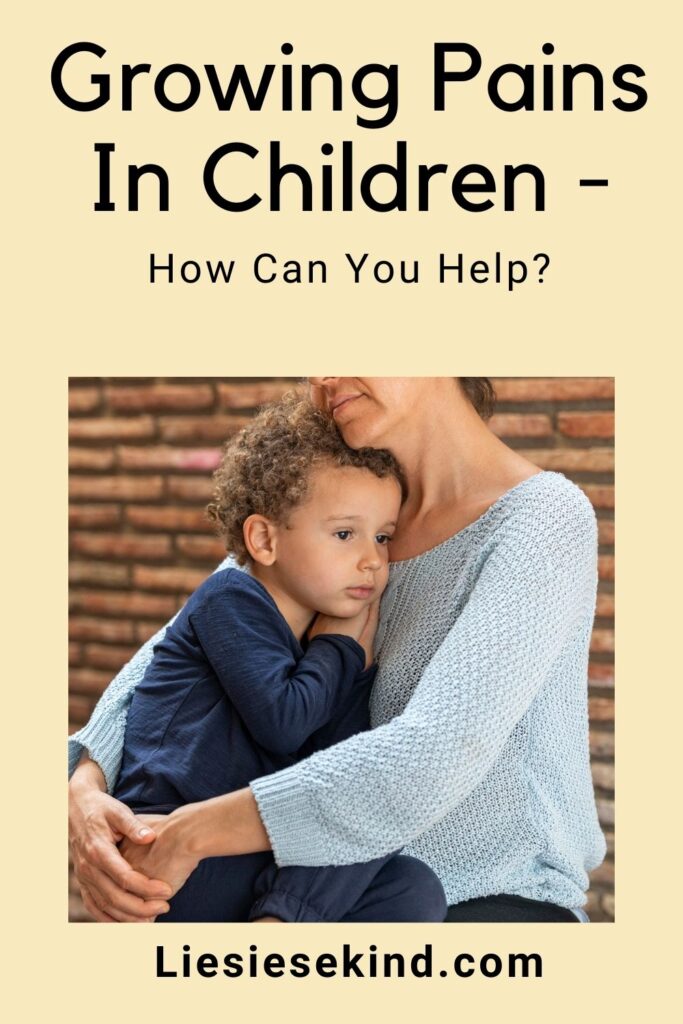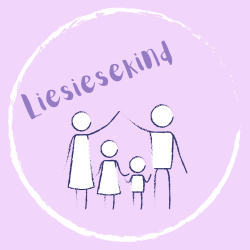Growing pains in children, what is it? And what can you do to help? My five-year-old son has been complaining on a few occasions about achy legs, and I’ve been wondering whether it is growing pains, which motivated me to delve a little deeper.
Growing pains are achy or cramping muscle pains that are experienced in both legs. The issue usually happens during afternoons or evenings, and it can prevent your child from having a good night’s rest. Growing pains typically begin at around age three or four and resurface around the ages of between eight and twelve.
Growing Pains In Children – How Can You Help?

What Causes Growing Pains In Children?
Growing pains are muscle pains resulting from activities your child engages in that can wear them out. It could involve activities like climbing, running, and jumping, and growing pains seem to be more commonplace after a day of excessive activity.
Symptoms
Not everyone experiences growing pains equally. For some kids, it can be painful, while others might not even be impacted. Most children do not experience pain daily, and these pains are intermittent and might not even occur for months, or sometimes, years. Most children will outgrow them after a few years.
- Achy or cramping pains during the afternoon or at night
- Growing pains usually subside in the morning
- They do not impact a child’s ability to be active or play sports
- Pains are experienced in both legs, in particular, behind the knees, the calves, or front of thighs
- Some kids might have abdominal pain or headache
Diagnosis
It is crucial to see your doctor for a physical examination when suspecting your child is experiencing growing pains to rule out any other causes. If growing pains are to blame, he will not notice anything unusual during the examination.

Growing Pains in Children – How Can You Help?
Treatment depends on the severity of pain your child experiences. You can do some things to help them feel better or ease the pain somewhat.
- Leg muscle stretches
- Leg massaging
- Placing a heating pad or warm washcloth on the painful leg (avoid this during sleep or burning the skin)
If the pain persists, ask your physician about giving your child over-the-counter pain remedies like ibuprofen or acetaminophen. Avoid giving your child aspirin since it has been linked to Reye’s syndrome, a life-threatening disease.

When Must You Seek Medical Assistance?
Keep in mind that growing pains are usually felt in both legs. If your child complains about pain in one leg, it might be due to an underlying and more severe condition. Growing pains do not affect the joints, only the muscles. They also do not cause fever or limping. You should seek medical assistance if you notice any of the following symptoms:
- Fever
- Weakness
- Loss of appetite
- Weight loss
- Rash
- Difficulty walking
- Painful, red, swollen, or warm joints
- Limping
- Fatigue
- After an injury, like a fall
Conclusion
I hope this post about growing pains in children has answered some of the questions you might have had. As far as parenting goes, if you have any concerns or questions about your child’s health, it is always a good idea to contact your doctor. Some issues might be minor, but others might be due to a serious underlying health issue.





Be the first to reply